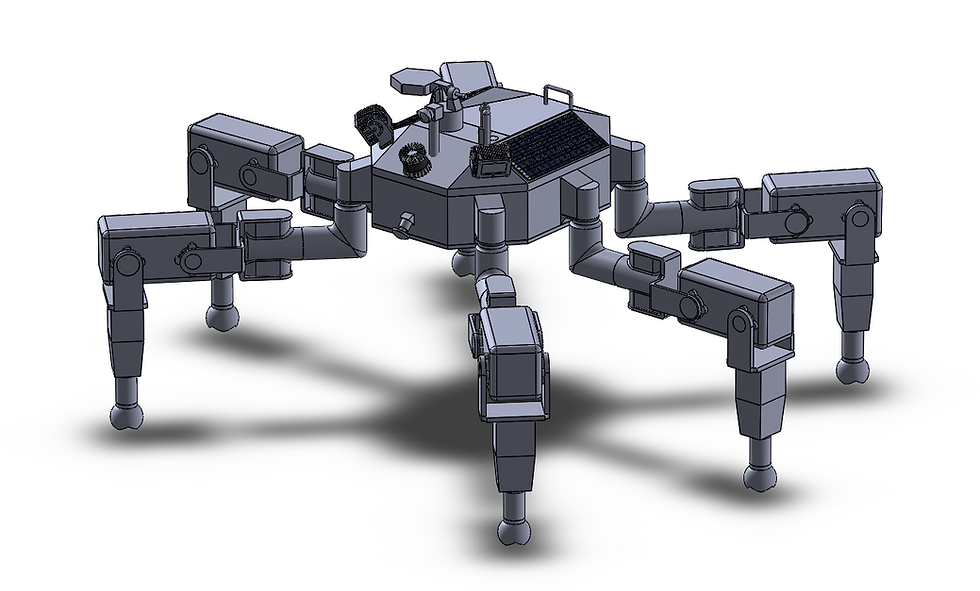Competing in ASME's Festival of Speed 2022
- Dylan Cecere
- Jan 16, 2023
- 4 min read
Updated: Aug 18, 2023

The task for this team based competition was to build a remote control (RC) car with a wooden frame for less than $80 that would compete on race day for the fastest track time. The project spanned from September 2022 - November 2022.
Early on, my team of 4 decided to split the project into four parts, each of us taking responsibility of one of these four major parts. My main responsibilities were to research and source parts for our car, both mechanical and electrical.
The main issue that I faced while sourcing parts was a lack of electrical engineering background and fundamentals because most of my classes to this point covered mechanical fundamentals. As the competition window spanned across a month and a half and I didn't have the time to do the comprehensive research, I began this task by buying a cheap RC car kit on Amazon. By doing so we would be able to hit the ground running and have a working prototype to iterate on quickly. While I believe it would have been more educational to design a custom electrical and mechanical system for the competition, there was simply not enough time to research, design, fabricate, and iterate.
The basic parts that we had acquired were a battery pack, electrical wiring, a microcontroller that was able to listen for radio signals, a radio signal remote with four buttons for left and right steering as well as forward and backward driving, a DC motor for rear wheel driving, and a servo motor for front wheel steering.

After assembling the kit, my teammate Pavan gathered data on the base capabilities of the kit. He highlighted the largest issues that we would need to solve to make the most impact in our ability to perform in the competition. One of these challenges was designing a lightweight wooden frame that complied with the kit's mechanical parts and allowed space for electrical equipment. This task was given to another of our teammates, Nick, to solve in his 3D designs. The second issue we faced was that the remote had a few hundred milliseconds of input delay before seeing changes in the steering or driving. Our best solution for this issue was to have our driver and final teammate, Chaz, get a lot of practice with driving the car and develop predictive driving strategies to avoid other cars and obstacles.
The last issue faced, low wheel traction, was my responsibility for solving. I began by researching the advantages and mechanisms of wheel traction so that I could define the problem I was solving. The results of this research are summed up by saying that traction limits how much the wheels of your car slip while accelerating. Our car had only one speed setting and instantly accelerated from a stop position to this speed. We would also encounter centripetal acceleration as we went around curves. Thus, these were my two test cases to measure the effects of implemented solutions.
I also researched ways that wheel traction is increased in actual cars. Some of the results such as driving in previous tire tracks and slowing down wouldn't be possible to achieve with our RC car. However, the rest boiled down to 2 main solutions:
- Add something around the outside of the tire to increase its grip with the floor
- Add weight to the rear of the vehicle where the motor spun the wheels
Our first test to increase the wheels' grip was wrapping them in two sided tape. After testing this idea we realized that the tape's sticky grip neither last long after being driven on a dirty floor, nor does it have much grip from the start. We the iterated on this idea and decided to wrap the tires in electrical tape. This proved to be much more successful. It made the tires' surface area with the ground larger by widening the wheel. It also provided an exterior texture with some grip, but not a sticky texture that would collect dust and dirt decreasing the grip over time.
The next solution was easy to implement. I met with Nick and changed his wooden frame design to move the battery pack to be directly above the rear wheels, and strapped a few weights on top of the battery pack.
These solutions worked because they both increased the friction that the wheel had with the ground. Friction is what causes torque within a wheel and prevents it from sliding on top of a surface.

The equation for friction between two surfaces is the Normal force of the top element multiplied by the coefficient of static or kinetic friction. The first solution (adding grip) allowed us to increase the coefficient of static and kinetic friction while the second solution (adding weight above the rear wheels) increased our Normal force. Both contributed to a linear increase in traction.
Our team successfully finished the competition, and although we didn't place, our designs and iterations allowed us to beat other teams and finish in the middle of the pack.



Comments